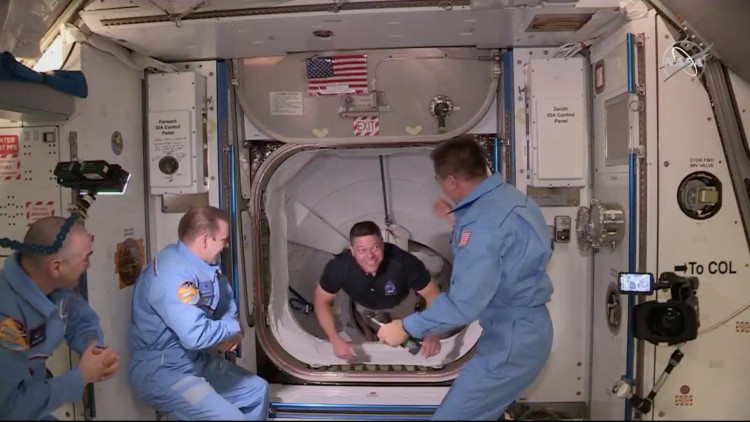For quite some time, NASA has been encouraging private industry to replace the aging International Space Station with a commercial successor, and while Axiom Space has already stated its intention to do so in the future, a new consortium made up of Nanoracks, Voyager Space, and Lockheed Martin has now announced that they will build the "first-ever free-flying commercial space station," with operations set to begin in 2027.
The outpost, dubbed Starlab, is intended to serve as a tourist destination as well as a research and manufacturing base, assisting in the development of an off-Earth economy.
"To meet U.S. government, international space agency and commercial needs in space, these industry leaders will develop Starlab specifically to enable the growing space economy and meet pent-up customer demand for space services such as materials research, plant growth and astronaut activity," the three companies said in a press release.
The four-person Starlab station will be deployed in a single launch, which is scheduled for 2027. According to Nanoracks' Starlab page, the outpost will include a dwelling module with an internal volume of 12,000 cubic feet (340 cubic meters), a power and propulsion element, a laboratory setup, and a massive external robotic arm to service payloads and cargo.
In comparison, the ISS has an internal volume of 32,333 cubic feet (916 cubic meters), which is similar to a Boeing 747 airplane.
If everything goes as planned, Starlab will face some competition for customers. Axiom Space plans to launch one private module to the ISS in 2024, followed by three more by the end of 2027. That quartet will be able to detach from the larger mothership and function as a free-flying commercial space station.
NASA expects such private stations to fill up the slack left by the ISS, which is expected to be decommissioned in a 2028-to-2030 timeframe. The venerable station, which has constantly hosted rotating astronaut teams since November 2000, is currently permitted to operate until the end of 2024, but an extension is widely anticipated.
To aid in the transition, NASA has launched the Commercial LEO Destinations (CLD) program. CLD will use a two-stage technique similar to NASA's commercial cargo and commercial crew programs, which sparked the development of private ISS-visiting spacecraft like SpaceX's Dragon capsule.




